いろいろ swiss chard plant 295418-Swiss chard planting instructions
Swiss chard is a biennial and can tolerate cold temperatures K1, which is mostly found in plant sources, is abundant in Swiss chard Just 1 cup (175 grams) of cooked Swiss chards offers 716% of theOrange Swiss Chard Plant a bright addition in your garden!

16 Ways To Eat Swiss Chard Grub By Eating Niagara Food And Travel Blog Timeforgrub Com
Swiss chard planting instructions
Swiss chard planting instructions-Host crops Table beet, sugar beet, Swiss chard, and various other vegetable and weed plant species Aphids in a Swiss chard seed crop Note the blackened stems and leaves as a result of sooty mold fungi growing on the honeydew exudate (sugary, sticky exudate) produced by Swiss chard can start to become bitter during the summer, especially in warm climate areas, so be sure to provide plenty of water when temperatures rise Plants grown in pots need additional watering as well, so keep an eye on the moisture level of the soil and provide water whenever the topsoil is dry to the touch




How To Grow Chard
Rainbow Swiss Chard (o) (1) Regular price 1750 KWD 1750 KWDWe recommend sowing directly in the garden as Swiss chard grows quickly, but you can start indoors 68 weeks early if you wish Is Swiss chard a perennial? Chard doesn't usually bolt in the summer when it is hot But some varieties can bolt if they are planted too early and are hit by a frost Always plant chard after the last frost Yes, Swiss chard can bolt in summer if the heat is intense or your area is suffering a drought Solution, shade, and water At this point, the leaves are bitter tasting
Because Swiss chard is such a nutritious and delicate plant, it's easy to digest, climb on, and eat by a variety of host bugs Everything from slugs, snails, leafminers, leafhoppers, ants, aphids, worms, maggots, whiteflies, and even animals eat chardThe leafy greens and the stems or ribs Touted as an edible ornamental, chard (also called Swiss chard) is as pretty as it is productive Its large spinachlike leaves are packed with vitamins, and its colorful edible leaf stalks add vertical interest to the garden Chard delivers the best flavor in cool weather, but unlike spinach, it resists bolting in heat and will continue to decorate the garden and the plate through
How To Grow Swiss Chard Planting dates for Maricopa County are August 15th through the beginning of February Sow seeds ½ to 1 inch deep, about 2 to 6 inches apart, in rows 18 to 24 inches apart If you are using " Square Foot Gardening ", plant four per square How to Plant Swiss Chard Direct sow seeds outdoors about two weeks before your projected last spring frost date Alternatively, you can get a head start by starting seeds indoors roughly three to four weeks earlier and planting the seedlings outdoors after allOrange Swiss Chard tastes as good as it looks Goldenorange stems contrast beautifully




Swiss Chard Planting Growing And Harvesting Swiss Chard The Old Farmer S Almanac




Swiss Chard Garden Seeds Rainbow Mixture Heirloom Non Gmo
Swiss chard just grows better and provides higher yields if it is planted with the right companion plants Companion plants attract pollinators, provide shade, loosen the soil, keep it moist, keep away pests and can also improve the flavor of your swiss chard As you can see, companion planting can have many important advantages for your chard plants The leafy green vegetable Swiss chard (Beta vulgaris) has a different composition than rainbow or ruby red Swiss chard (Beta vulgaris cicla Flavescens) Swiss chard is a member of the beet familyBrowse Swiss chard varieties at our Vegetable Varieties for Gardeners website Most varieties have either red or white stems 'Bright Lights' – an AllAmerica selection in 1998 – features mild flavor and a rainbow of stem colors (red, white, orange, purple, gold,




How To Grow Swiss Chard All You Need To Know About Growing Swiss Chard




Swiss Chard Ultimate Vegetable
Again, if you plant new seeds every couple of weeks, you can continue to harvest the plants throughout the season Swiss chard makes a great addition to soups, casseroles, stirfry dishes and salads The leaves are ready to eat raw or cooked Swiss chard is a leafy green vegetable that is part of the beet family It's leaves resemble that of its beet cousins, but the most recognizable feature of the chard is the color of its stalks The white stalks of Swiss chard contrast with its dark green leaves, while Rainbow chard comes in colors ranging from deep red to bright yellow and orange Also known as perpetual, Mangold, crab beet, spinach beet, or silverbeet, Swiss chard is a leafy vegetable that produces fresh greens all summer long Besides adding great beauty to your garden, it's also an excellent source of both Vitamin A and C
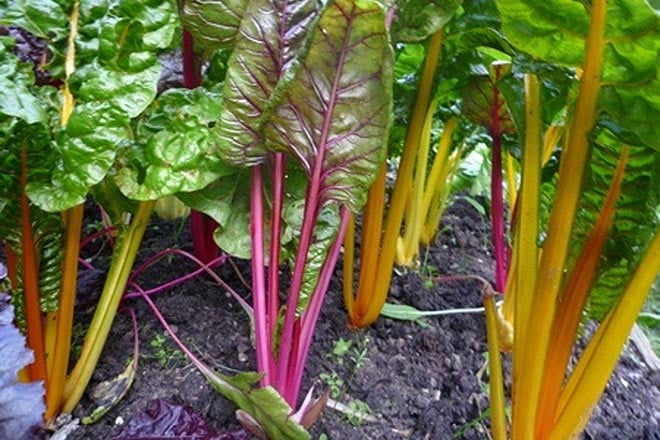



Rhs Advice On How To Grow Chard Rhs Gardening




Growing Swiss Chard And How To Eat It Garden Therapy
Grow Swiss chard again in autumn, To get an early start, sow chard indoors as early as 3 to 4 weeks before the average last frost date in spring for transplanting out when plants are 3 to 4 inches (710cm) tall Once established chard will tolerate heat and frost Plant chard also in summer for a fall harvestIts needs are not much different from lettuce, kale, and other leafy1 day ago For the croutons ▢ 1/4 cup olive oil ▢ 1 garlic clove minced ▢ 1/2 teaspoon dried thyme ▢ 1/4 teaspoon salt ▢ 1/4 teaspoon freshly ground black pepper ▢
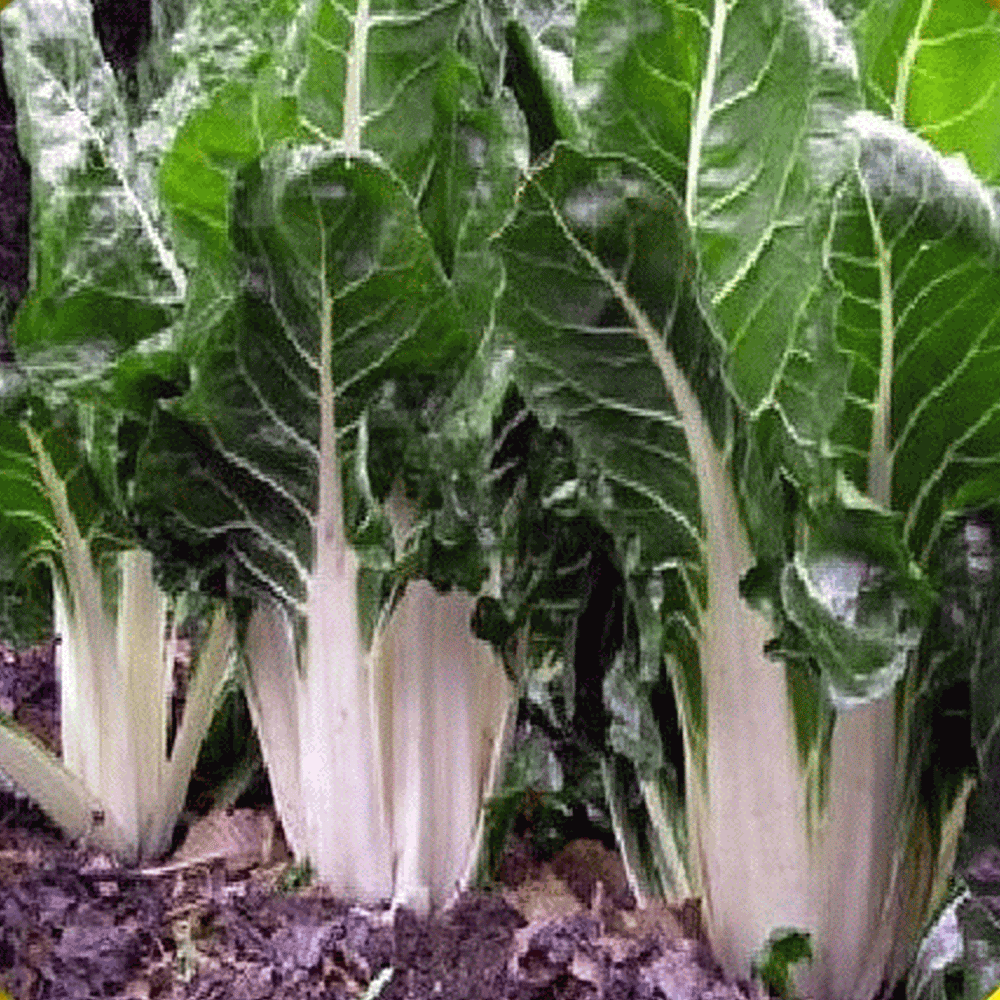



Swiss Chard Seeds Lucullus
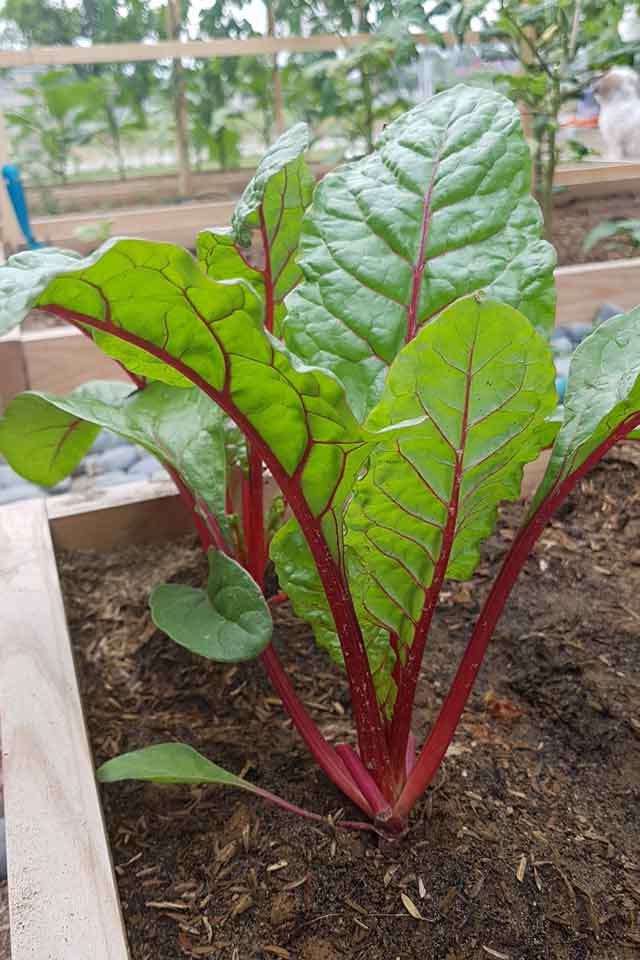



Sauteed Swiss Chard With Garlic And Lemon Zest Foxy Folksy
Swiss Chard Growing Guide Crop Rotation Group Chenopodiaceae (Beet family) Soil Rich soil best but will grow in most places Position Sun or partial shade Frost tolerant Yes Feeding Not usually required Companions Beans, Cabbage, Broccoli, Calabrese, Cauliflower, Brussels Sprouts, Onion and Onions Spacing Single Plants 35cm (1' 1Product Overview Beautiful Swiss chard perfect for both vegetable and flower beds Large leaves with a prominent, flat wide midrib grow in a colorful, upright rosette Grows best in full sun but will tolerate partial shade and even appreciates it in hot climates Highly nutritious, the leaves taste like spinach, but the plant is a member of the beet familySwiss chard and spinach are leafy greens in the amaranth family, grown in many Minnesota gardens You can eat spinach (Spinacia oleracea) leaves raw or cooked You can also cook and eat the "crown" of the plant, the area where all the leaves emerge at the soil surface
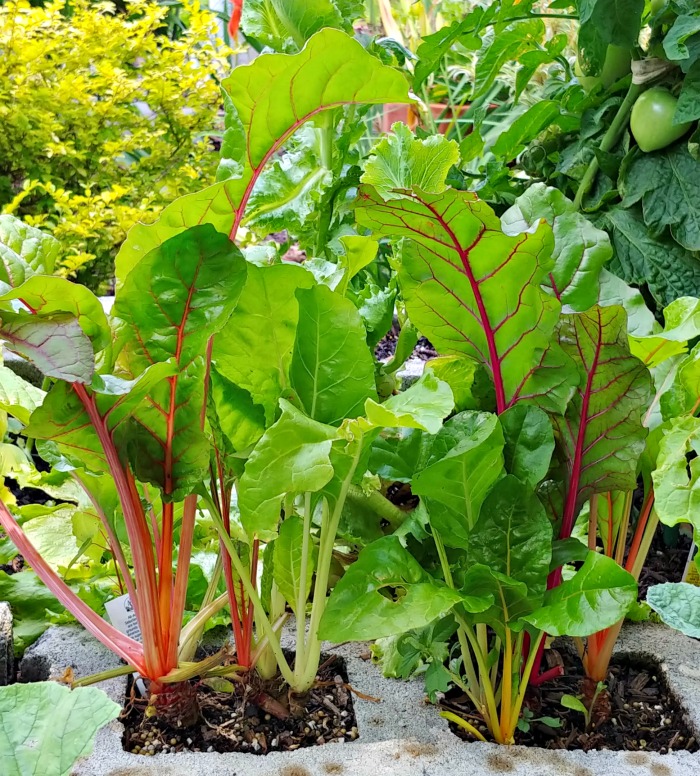



Growing Swiss Chard Cold Hardy Cut And Come Again Vegetable
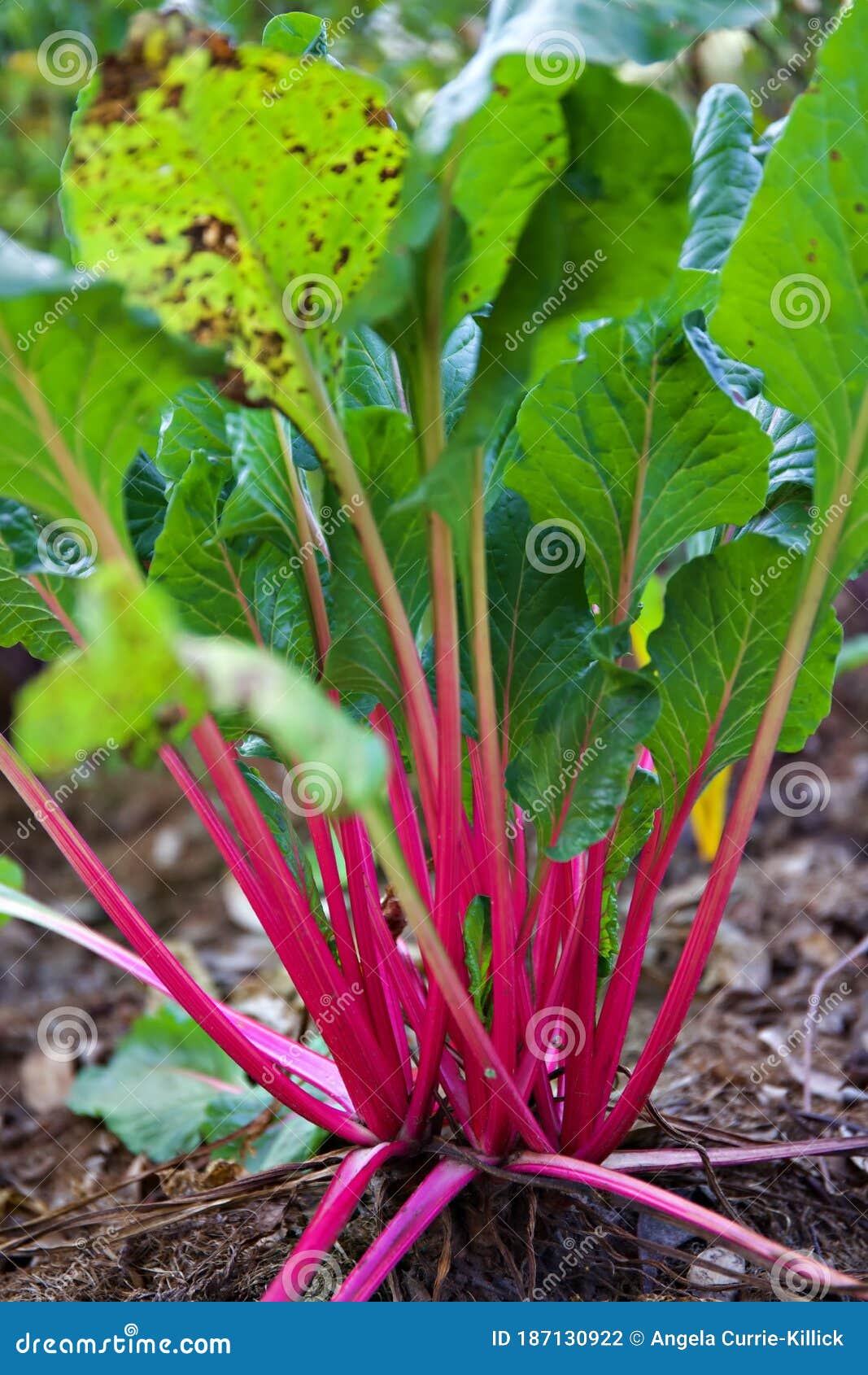



Swiss Chard Or Rainbow Spinach Plant Stock Photo Image Of Bright Fresh



コメント
コメントを投稿